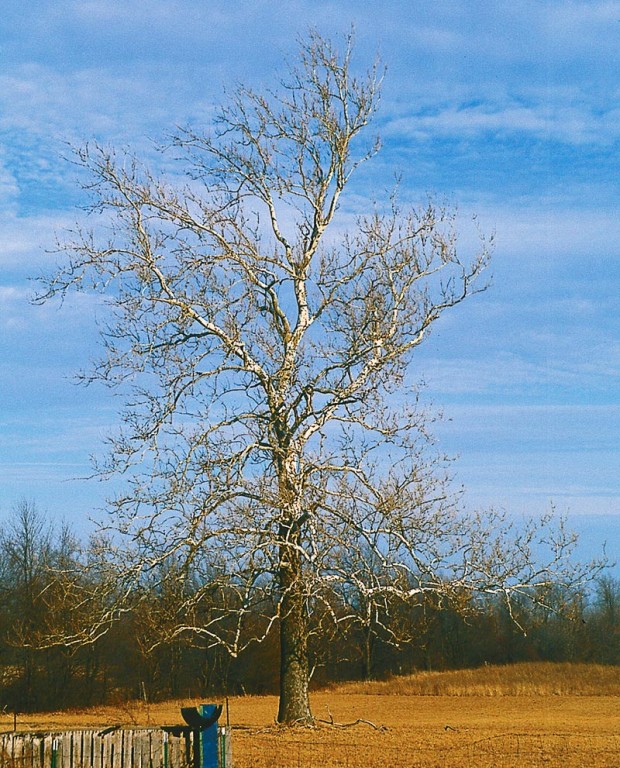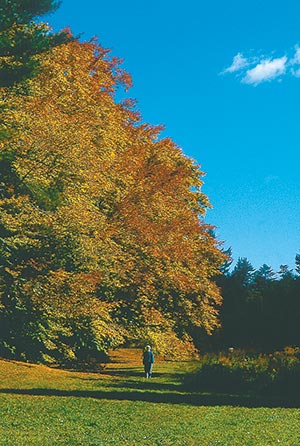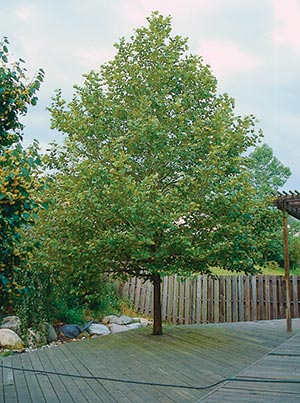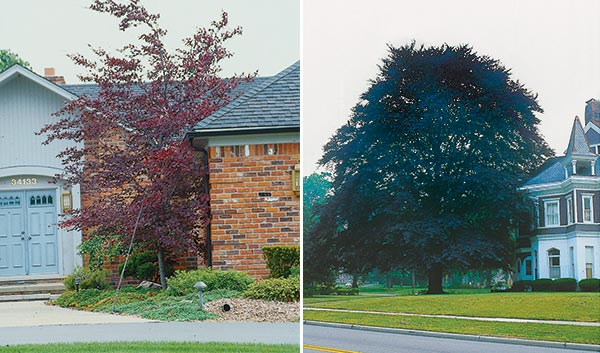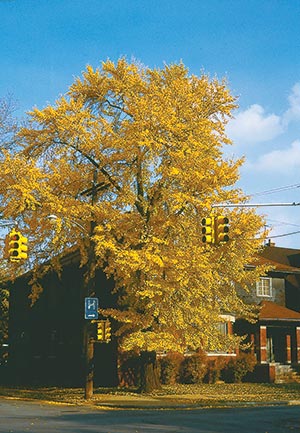Fergus Garrett, the Head Gardener at the England’s world-famous Great Dixter, presents “Designing with Plants” on Thursday, March 20, at 6:30 p.m. at Goldner Walsh Garden & Home in Pontiac, MI.
Great Dixter was the family home of gardener and gardening writer Christopher Lloyd. Now under the stewardship of Fergus Garrett, Great Dixter is a place of pilgrimage for horticulturalists from across the world. Great Dixter’s gardens are as vital and inspiring as ever. They flourish under the guidance of Fergus as he continues in Christopher Lloyd’s spirit of challenge and creativity. His presentation will feature breathtaking images of these well-known and well-loved gardens. He will illustrate the professional techniques he uses to ensure the success of this magnificent garden, and will share some of his best methods that we can employ here in Michigan.
The lecture is $30 per person. Space is limited; call 248-332-6430 to register. Book signing to follow.

